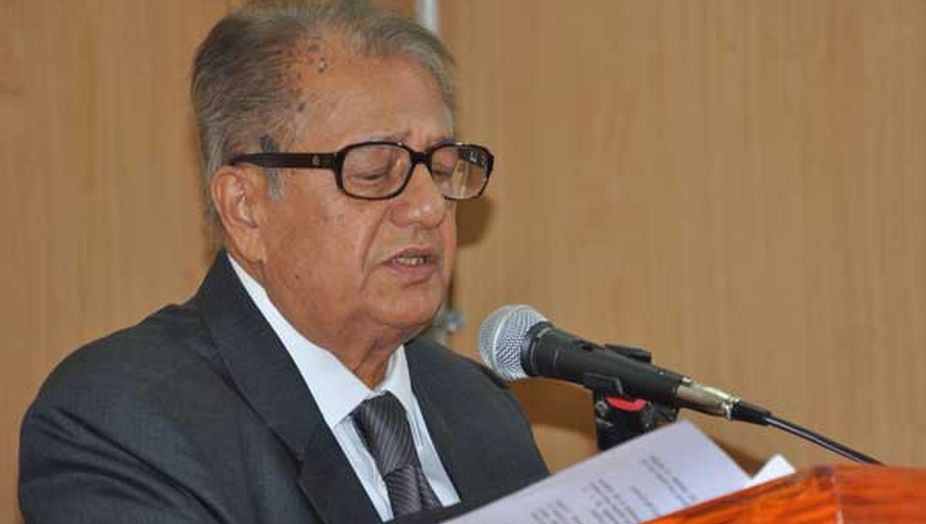There had to be something special to a man whose professional life focused on projecting the government to simultaneously earn the admiration and affection of the journalistic community.
The log-book will record that I Rammohan Rao, who passed away at the age of 83 on 13 May, had served as media-adviser to four prime ministers, been the Principal Information Officer in the Government of India, and held several other key appointments: what may not be recorded was the place he secured in the hearts of his colleagues as well as those on the other side of the fence ~ to reporters he was one of the few officials who did not believe “no comment” was a valid answer to even the most tricky query.
He often badgered high officials to give him enough material to satisfy the questioner ~ even if it was not always in praise of the government. Since he “played ball” with journalists, he generated enough goodwill to occasionally “plant” the government-line, even when both he and the reporter knew that what was on offer was notentirely accurate.
Advertisement
For a large number of reporters, regardless of the appointment he happened to be holding at the time, he was always “Major Rao” for it was when serving as PRO Army that he had made his mark.
Though acivilian, he cut such a dapper figure in uniform that many wondered why he never rose to higher military office, but he was aware that when heading the Defence Ministry’s media-relations unit he was better-off being 'Rao” than stratified as “Brigadier Rao”.
He was perhaps fortunate that among the Generals he served was that “newsman’s dream” – Mankeshaw. At one of the Chief’s visits to a Gorkha unit, Rao was witness to a unique incident which facilitated his having the name “Sam Bahadur” find universal appeal.
Nobody better “sold” a story than Rammohan. One morning shortly after the 1971 War he walked in to the Editor’s office, saluted smartly and said “My boss is in trouble, he needs your help” ~ naturally it was readily offered.
“His wife held a press conference this morning, your paper was not represented” he continued, “now please publish this pressrelease or she will give him Hell”.
The truth was that Siloo Manekshaw had held a press conference, but early in the morning when few self-respecting journalists would be around. So Rao collected a number of women working as secretaries, stenographers etc in South Block, got them to pose as reporters, and the Chief’s wife was impressed ~ now the reportage had to impress too.
An “information coup” was the release of a photograph of Indian paratroopers going into action in 1971. The picture was actually that of a demonstration at the Tilpat Range months earlier but it had the desired effect, it expedited the Pakistani surrender.
The grapevine has it that Rao and Lt.Gen Inderjit Singh Gill “plotted” the mischief. Stories abound of Rao being involved in such “scrapes” but he always emerged the winner. As on his farewell night with the UN forces in Gaza, the UN wanted to kidnap him and have him stay on wearing the light-blue beret. With his cheeky, charming smile he was a favourite ~ the ladies loved him no end.
After handling media arrangements for major international events, postretirement he did a great job presenting the media in Delhi the J-K government’s side of the siege at Hazratbal.
He had a hot-line tothe Governor and Corps Commander in Srinagar, providing more authentic information in the Capital than what was available on the spot.
Again, that flowed from a commitment to provide the media as much informationwas possible.
Constraints of space militate against listing the many attributes of I Rammohan Rao, but those who had the pleasure of “working” with him (as did this writer) will ever testify to his prowess as a communicator and above all, to what a fine human being he was.
The “world” of India’s media-relations will hardly see his like again.
The writer is Associate Editor, The Statesman.
Advertisement










